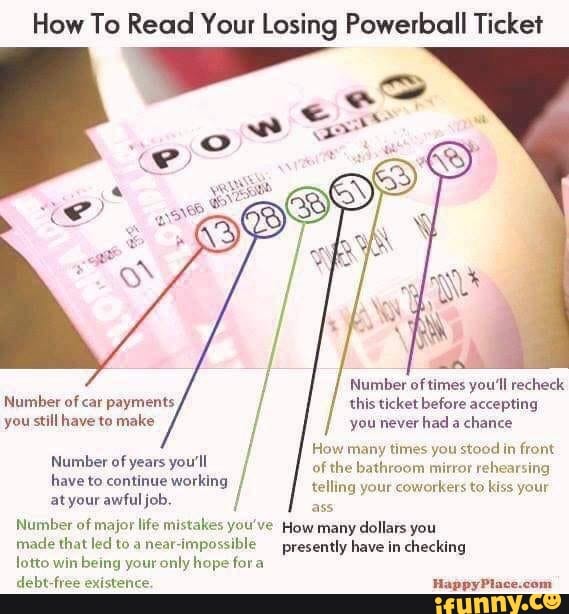

This structure tracked a 24-hour day using both sundials and mechanical hour indicators. The Greek astronomer Andronicus of Cyrrhus oversaw the construction of a horologion called the Tower of the Winds in Athens during the first century BCE. The day-and-night (νυχθήμερον) was probably first divided into twenty-four hours by Hipparchus of Nicaea.

Initially, only the day was divided into 12 seasonal hours and the night into 3 īy the Hellenistic period the night was also divided into 12 hours. Instead of dividing the time between one midnight and the next into 24 equal hours, they divided the time from sunrise to sunset into 12 "seasonal hours" (their actual duration depending on season), and the time from sunset to the next sunrise again in 12 "seasonal hours". The ancient Greeks kept time differently from the way we do today. (9:45 may be read "nine forty-five" or "a quarter till ten".) Fifteen minutes before the hour may be expressed as "a quarter to", "of", "till", or "before" the hour. (1000 is read "ten hundred" or "ten hundred hours" 10 pm would be "twenty-two hundred".)įifteen and thirty minutes past the hour is expressed as "a quarter past" or "after" and "half past", respectively, from their fraction of the hour. Hours on a 24-hour clock ("military time") are expressed as "hundred" or "hundred hours".

(10 am and 10 pm are both read as "ten o'clock".) Whole hours on a 12-hour clock are expressed using the contracted phrase o'clock, from the older of clock. The time of day is typically expressed in English in terms of hours. Its Proto-Indo-European root has been reconstructed as *yeh₁- ("year, summer"), making hour distantly cognate with year. Like Old English tīd and stund, hṓrā was originally a vaguer word for any span of time, including seasons and years.

The Anglo-Norman term was a borrowing of Old French ure, a variant of ore, which derived from Latin hōra and Greek hṓrā ( ὥρα). It displaced tide tīd, "time" and stound stund, span of time. Hour is a development of the Anglo-Norman houre and Middle English ure, first attested in the 13th century.


 0 kommentar(er)
0 kommentar(er)
